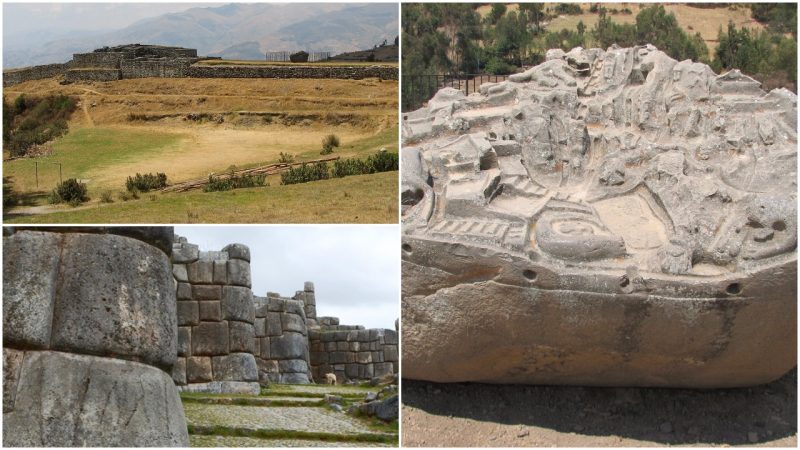One of the lost civilizations of our planet noted for outstanding building work is, of course, the Incas. When they built their citadels and strongholds, they typically employed a process in which they would sculpt massive stone blocks and place them in perfect harmony, in the finest way possible, and without the need for any mortar.
This way of building is prevalent at the Machu Picchu site in Peru, one of the most famous sites associated with the Incas. Nevertheless, remnants of structures of a similar kind have been found at many other places across South America, dating to both the pre-Inca period as well as the time when the Inca empire was one of the largest on the planet.
At its greatest, throughout the 14th and 15th centuries, the Inca Empire thrived, not only on Peruvian territory but as far as the northwest of the continent, where Ecuador today forms its borders, and as far down as Santiago, the largest city in Chile.
This great empire was washed away in the tides of history after the Spanish arrived in their quest for gold, which the Inca had in abundance. The Inca perished under the new arrivals, and so too did most of what was known about their culture, customs, and way of life.
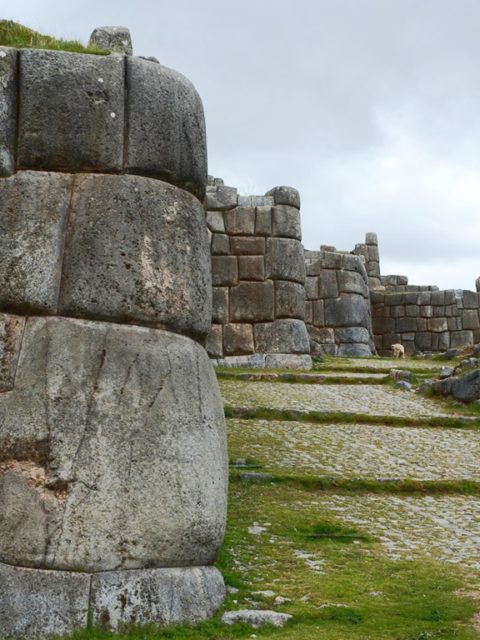
In the absence of an alphabetic writing system among the Inca people, most of our understanding of them is derived from stories passed down from generation to generation of people that have somehow been linked to the Incas. Another source is, of course, archaeological findings, dating from either the Inca or the pre-Inca period, many of which were mesmerizing finds.
Which brings us not to Machu Picchu, but to Sayhuite: another important Inca site and one that can be found roughly 29 miles away from the south-central Peruvian city of Abancay. According to researchers, this ancient site, also called Saywte, was likely a religious center related to a water cult. Legend has it that there was a remarkable temple that once occupied its spot at Sayhuite, and presumably, the edifice was covered with unimaginably thick sheets of gold.
No trace of such a temple has been found at Sayhuite, but there are plenty of other exceptional archaeological artifacts discovered in the area, including the most unusual of all the finds, the Sayhuite stone.
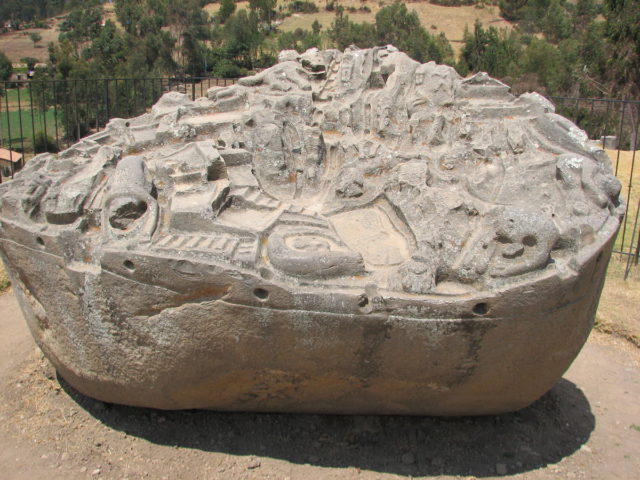
This intricate stone block is adorned with more than 200 zoomorphic and geometric figures, which together compose something like a 3D relief. Perhaps the stone carving resembles a map of a lost city or, as some of the most far-fetched theories go, it may be a depiction of the universe itself.
The granite piece is about 6.5 feet long and about 13 feet wide, and the numerous figures composing the relief on its upper surface are of quite familiar types of animals: frogs, serpents, reptiles, and even felines. The animal-like figures comply with other stone carvings that depict ponds, rivers, irrigation channels and tunnels.
Situated atop the Concacha Hill, the strange artifact most likely represents some kind of topographic representation for hydraulics. Scholars have considered that it might even be a model of the entire Inca empire itself. In this sense, the distinct regions of the empire are depicted by typical animals that can be found there, i.e., if it is a jungle territory, it is marked with animals such as the jaguar or a monkey, whereas some place by the sea would be shown by carvings of a pelican or a crab for instance.
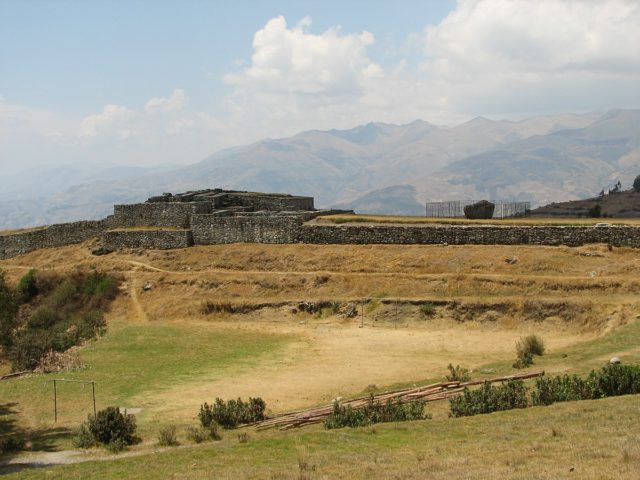
While the above-mentioned assertions may provide some logical explanation for the stone relic, the piece still continues to be a great mystery among a majority of scholars and researchers. Some have further considered that the Sayhuite Stone might have served for prototyping water and irrigation projects before they were constructed.
In that context, the stone would have provided instructions and help for the ancient Inca engineers. Based on it, they would have started working on a certain construction project. Further evidence suggests that the rock underwent modifications a few times, such as can be seen with the water pathways which have been altered and new ones put in their place.
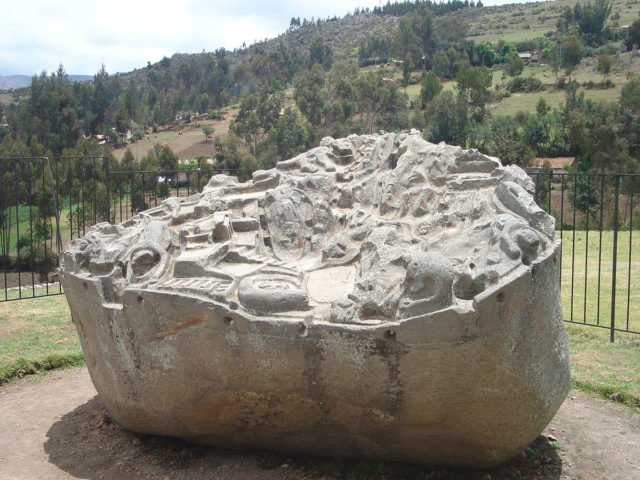
As researcher Dr. Arlan Andrews points out, the Inca would have likely used this piece of stone to see how the water would flow over the stone. Carvings made at the ends of the stone would have enabled any poured water to leak out from the channels.
Other theories debate whether the relic, in fact, served religious rather than practical purposes primarily, and this is plausible, as much as it is possible that the Inca were not the creators of this massive stone at all. The last thing we know is that it is uncertain where the original place is where the stone was created, as no proper outcrop for the stone has ever been found.
It is true that there are many questions to which we don’t have a clear answer, but it is also true that the Sayhuite Stone has not failed archaeologists in providing them with important knowledge about the early pre-Columbian cultures thriving in the region. And the site is definitely worth paying a visit to.
